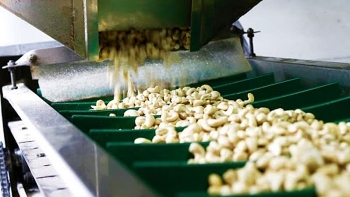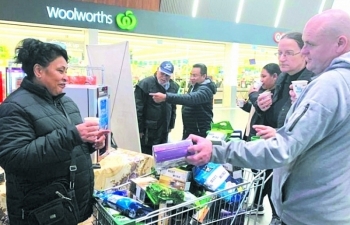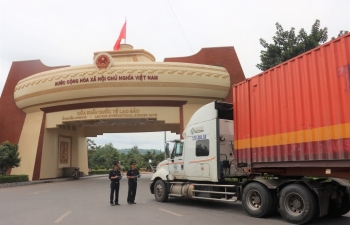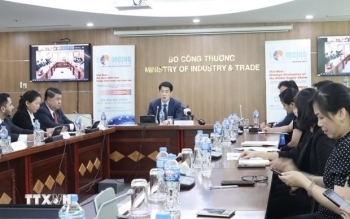Challenges in managing FDI enterprises having "profit" but report "losses"
| FDI firms contribute ideas to promote growth in HCM City | |
| Consider adjusting the preferential mechanism for FDI | |
| Industrial realty firms boosted by FDI increase |
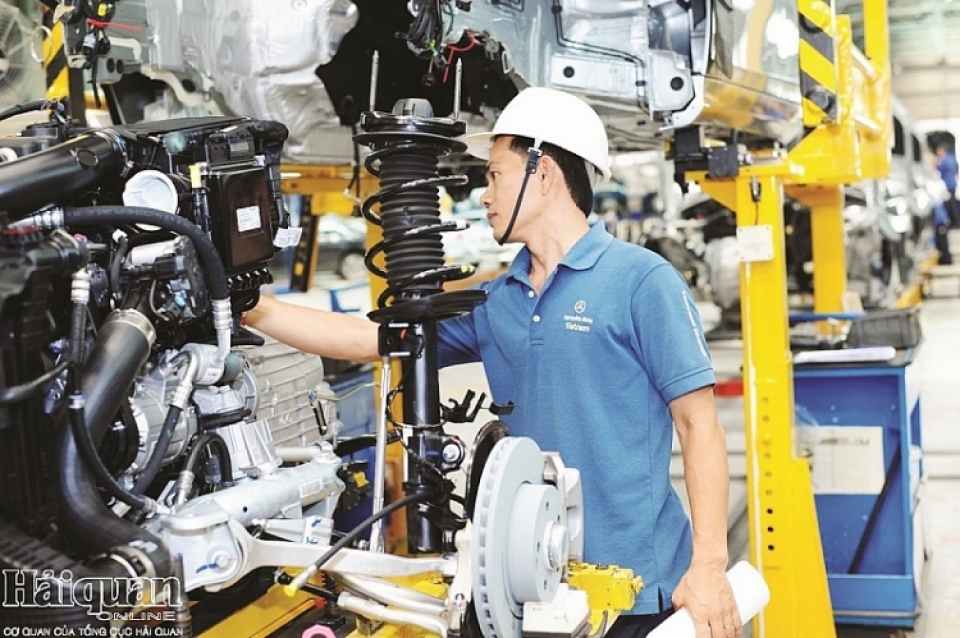 |
| The scale of production and business activities of FDI enterprises always maintains high growth. Photo: ST. |
Lose capital but still expand scale
The aggregate financial reporting data of FDI enterprises from 2011 to 2017 showed that the scale of production and business activities of FDI enterprises always maintained a high growth. In 2017 alone, FDI enterprises’ revenue increased by 28% compared to 2016. The above revenue growth rate is higher than the growth rate of assets (22%) and the growth rate of owners' investment capital (14%) showed that the production and business activities of FDI enterprises are very good.
| According to the statistics of the General Department of Taxation, FDI enterprises have grown quite fast. The number of FDI enterprises granted 10-digit tax codes in operation till December 2017, is 21,456 enterprises. However, in terms of proportion, FDI enterprises (including branches) are at low level in the total number of enterprises operating in the whole country. The average in the last 6 years is only about 3%, in particular, in 2012 was 2.6%, in 2013 was 2.7%, in 2014 was 3.1%, in 2015 was 3.1%, in 2016 was 3.2%, and in 2017 was 3.1%. |
Although the general data shows that the revenue and profit before tax of FDI enterprises has increased steadily over the years, but the rate of enterprises reporting losses, accumulated losses and loss of capital has increased and there has been no sign of reduction. Profit before tax in 2017 of FDI enterprises was 344,607.5 billion VND; increased by 19.2% compared to 2016. Some industries had an increase in pre-tax profits both in absolute and relative numbers, including: "Real estate business activity" increased by 193.3%; "Mineral exploitation and processing" increased by 146.3%; "Electronic components, computers and electronic devices" increased by 40.3%.
New data published by the Ministry of Finance also showed that: In 16,718 FDI enterprises in 2017, there were 8,646 enterprises declaring losses (accounting for 52% of enterprises) with a loss value of VND 86,180 billion, with 10,582 companies with losses. accounting (accounting for 63%) with a cumulative value of VND 397,996 billion, and having 2,673 loss-making businesses (accounting for 16% of enterprises) with an equity value of VND 85,604 billion. Of the 2,673 enterprises that reported capital losses in 2017, there were 1,590 enterprises that lost capital but still expanded their business.
A new data published by the Ministry of Finance also showed that: among 16,718 FDI enterprises reported in 2017, there were 8,646 enterprises declaring losses (accounting for 52% of enterprises) with a loss value of 86,180 billion VND, 10,582 companies with accumulated losses, (accounting for 63%) with a cumulative value of 397,996 billion VND, and having 2,673 loss-making businesses (accounting for 16% of enterprises) with an equity value of 85,604 billion VND. Among the 2,673 enterprises that lost capital in 2017, there were 1,590 enterprises that lost capital but still expanded their business.
Business performance of FDI enterprises in 2017 remained at a high level, but having a big gap in business areas. Some business areas have quite high production and business efficiency, such as for: Electronic components, computers, peripheral devices; manufacturing and assembling automobiles, motorcycles and other motor vehicles; health, education and training, science and technology; transportation, warehousing and transportation support activities.
Revenue paid to the state budget by FDI enterprises has increased rapidly over the years, showing that FDI enterprises contribute more and more to the country's socio-economic development. However, the growth rate of state budget (7%) of FDI enterprises in 2017 compared with 2016 is lower than the growth rate of pre-tax profit (19.2%) and profit after tax (22.6 %) shows that, although FDI enterprises have made a contribution to the state budget equivalent to state-owned enterprises and non-state enterprises, they are not commensurate with the resources used and actual business results of FDI enterprises.
The increase of investment scale and operation of enterprises’ reported losses or accumulated losses are higher than the increase in the number of enterprises reporting losses or accumulated losses showing that the price transfer situation of FDI enterprises is increasing in complexly.
In addition to the phenomenon of price transfer from Vietnam to foreign countries by FDI enterprises as mentioned above, there is also a phenomenon of reverse profit transfer (from abroad into Vietnam) by some domestic FDI enterprises enjoying big incentives for CIT rates and CIT exemption and reduction periods. The data on the average rate of pre-tax ROE of FDI enterprises in some sectors has always remained very high over the years, such as, electronic components, computers and equipment, manufacturing and automobile assembly, motorcycles and other motor vehicles (pre-tax ROE is over 30%).
“Unreal happiness”
Affirming the important role of FDI enterprises, but speaking many times in forums at the National Assembly, Government’s meetings conferences and seminars, Minister of Finance Dinh Tien Dung said that, Vietnam's preferential policies have many problems. "Why are 52% of FDI enterprises reporting losses, but still expanding their operations and having higher expansion speed? Currently, the equity of FDI enterprises is 1.5 million billion VND, and the total assets of 5 million billion VND is a huge number, do people actually invest capital and total real assets? Samsung said they invested $US 15 billion, how do we calculate the correct $US 15 billion, while they keep depreciating assets"- Minister Dinh Tien Dung analyzed.
The Minister of Finance also pointed out the fact that currently in the Central region, there is an economic zone invested in synchronous infrastructure of airports, seaports and highways that makes this region no longer difficult, but investment enterprises still enjoy the old policy framework, more favorable than investment in Hanoi. This situation leads to difficulties in attracting FDI enterprises investing in other difficult areas.
Commenting on this issue, Mr. Nguyen Duc Kien, Deputy Chairman of the Economic Committee of the National Assembly, said that the evaluation of the operation and efficiency of FDI enterprises needs to provide specific comparison figures. For example, the issue of investment registration compares with specific disbursement figures. There are many cases where the number of registrations are very large, but the money they actually bring into our country is not as much as registration. Thus, it leads to an "unreal happiness". Here it is necessary to compare in order to assess specifically which areas are good disbursements, areas of good technology application, or areas of high labor use... to balance policies.
With a general perspective, General Director of General Statistics Office Nguyen Bich Lam assessed: From the situation of the FDI sector, compared to the SOE sector and private enterprises, the FDI enterprises are enjoying great incentives. Meanwhile, the three major goals of attracting FDI are employment, budget revenue and technology transfer, which has not yet been reached. In fact, labor in the FDI sector accounts for only 2.6 million out of 14.5 million workers. Budget collection is not much when transferring prices is too large. Similarly, the goal of technology transfer is also unsuccessful. Even in management, the General Department of Statistics also pointed out a shortcoming, that is we have not managed FDI enterprises well because the country has more than 21,456 FDI enterprises, but in fact only 16,718 FDI enterprises have reported. The above situation requires us to re-orient our views and policies on attracting investment for the coming period.
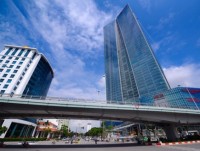 | FDI in first two months of 2019 reaches $8.5 billion Foreign investors have poured US 8 47 billion into Vietnam this year as of February 20 |
In the draft assessment report to develop a scheme to orient institutions, policies, improve the quality and efficiency of attracting and using FDI to 2030, the persistent view being set by the Government for attracting foreign investment needs, is to change in the direction that tax incentives are not decisive. In order to ensure the effectiveness of preferential tax policies, the requirements of ensuring macroeconomic stability, institutional stability and transparency are very important.
| Recently, the Government leader has had a month-long series of activities, working with ministries, branches and localities to orient policies to attract and use FDI more effectively in the next 10-year period. After this series of activities, the Ministry of Finance will chair and coordinate with the concerned ministries and branches in elaborating a draft scheme to orient institutions, policies, improve the quality and effectiveness of attraction, and use of foreign investment capital by 2030 for getting comments from the Government Party Committee, before submitting to the Politburo in April 2019. |
Related News
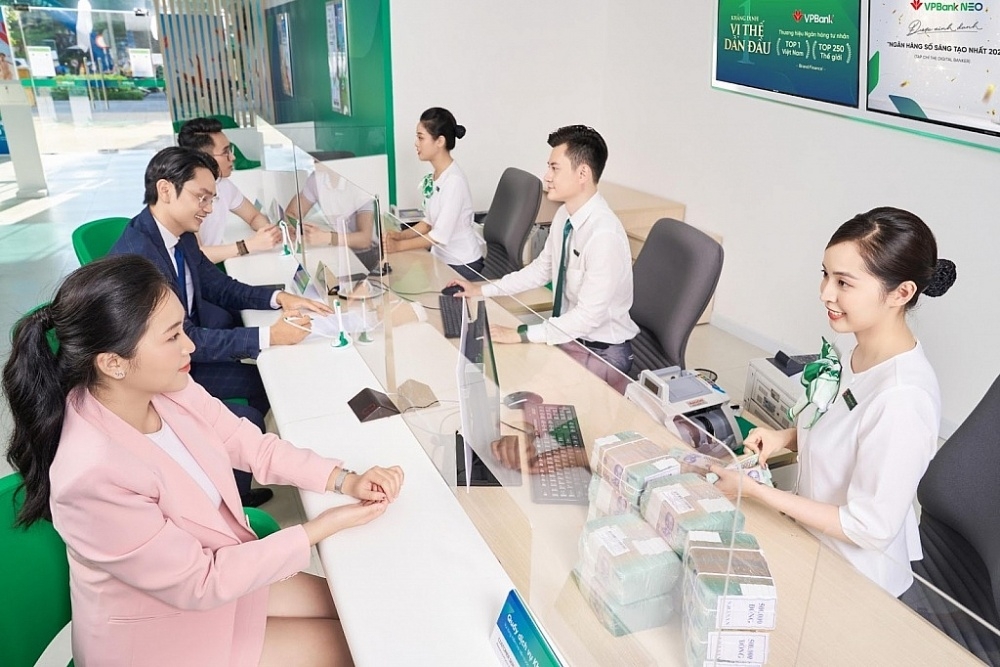
Ambitious profit goals of banks
10:32 | 13/04/2024 Finance
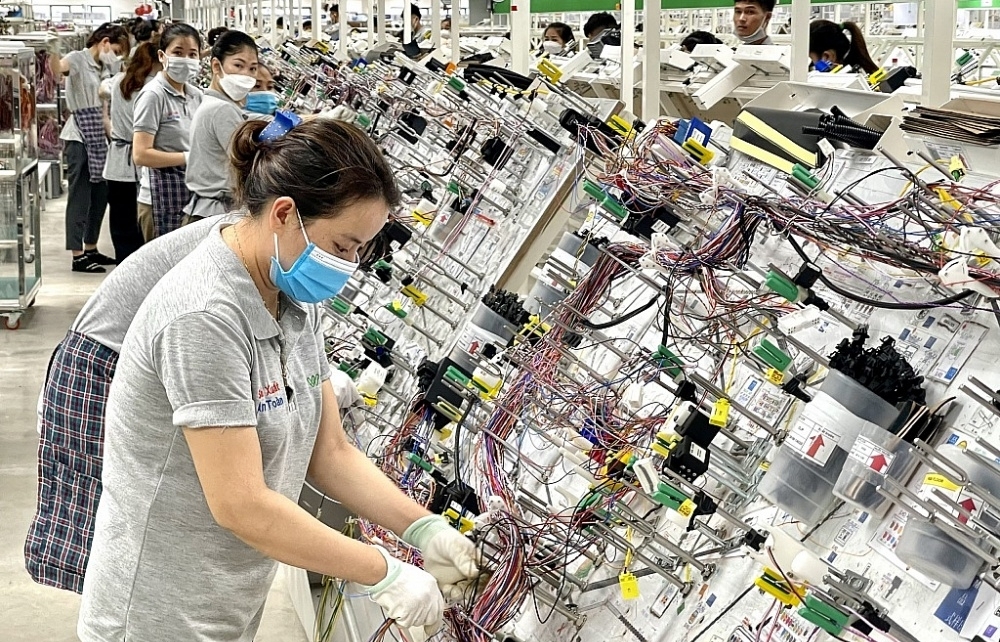
Launch of FDI Annual Report 2023
16:25 | 17/04/2024 Import-Export

Banks seek to attract foreign capital
10:50 | 09/04/2024 Finance
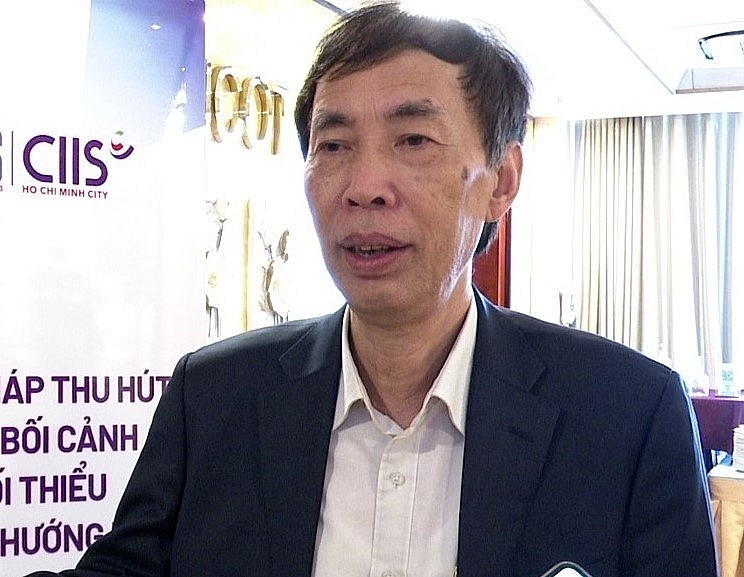
Vietnam owns significant advantages in attracting FDI
15:24 | 29/03/2024 Import-Export
Latest News
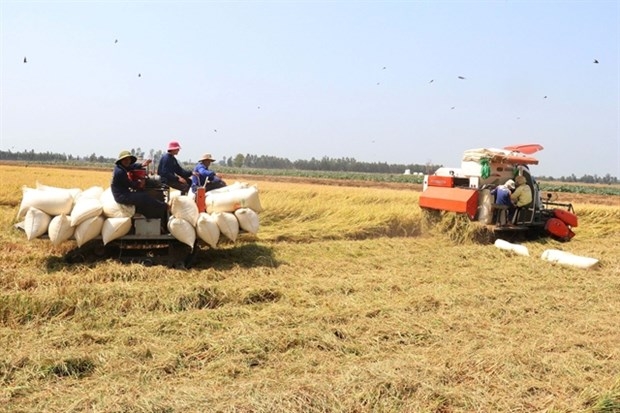
Vietnam earns 1.43 billion USD from rice exports in Q1
15:50 | 19/04/2024 Import-Export

Localities get ready for fourth FDI boom
15:35 | 19/04/2024 Import-Export
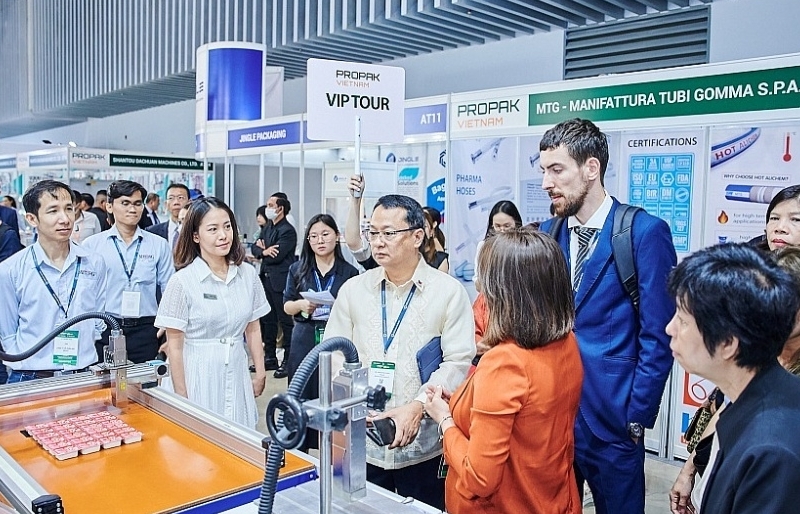
Opportunities to develop a smart and sustainable packaging industry
14:14 | 19/04/2024 Import-Export

Domestic retailers eye export-quality products
17:37 | 18/04/2024 Import-Export
More News

Textile and garment exports recovered positively
10:26 | 18/04/2024 Import-Export

Vietnam has opportunities to attract, develop the offshoring market
16:11 | 17/04/2024 Import-Export
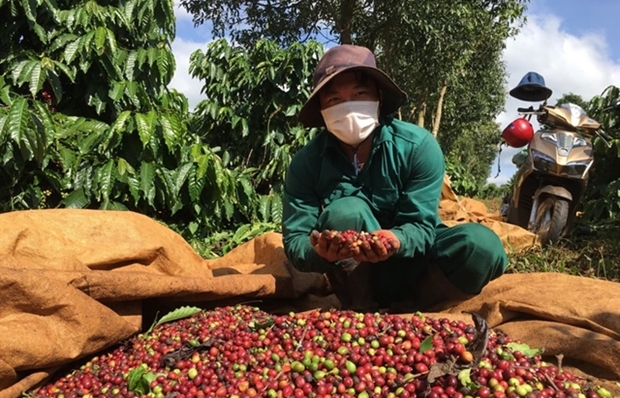
Nearly 600 million USD disbursed in support of agroforestry, aquatic sectors
16:09 | 17/04/2024 Import-Export
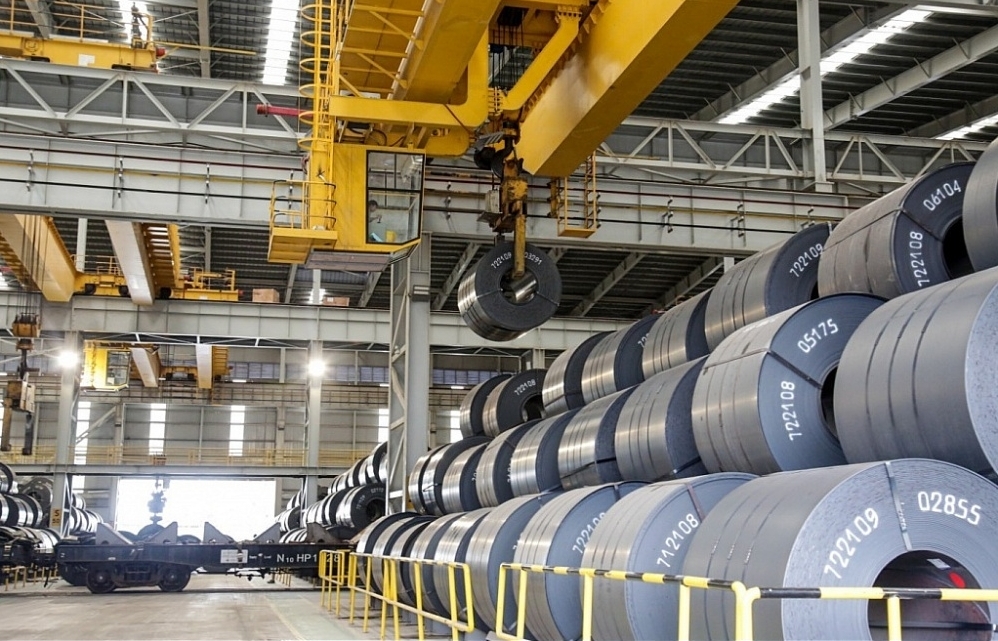
Be proactive and flexible with production materials
09:02 | 17/04/2024 Import-Export
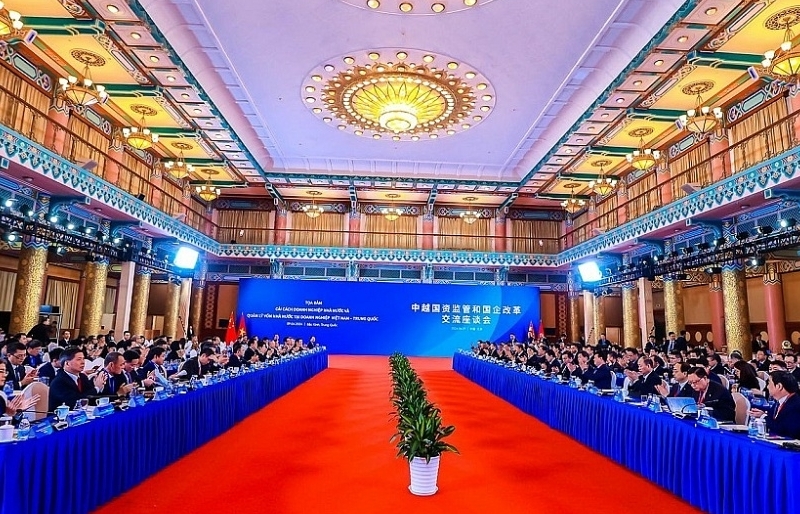
Cooperate to build leading and "rich in vitality" state-owned enterprises
08:59 | 17/04/2024 Import-Export
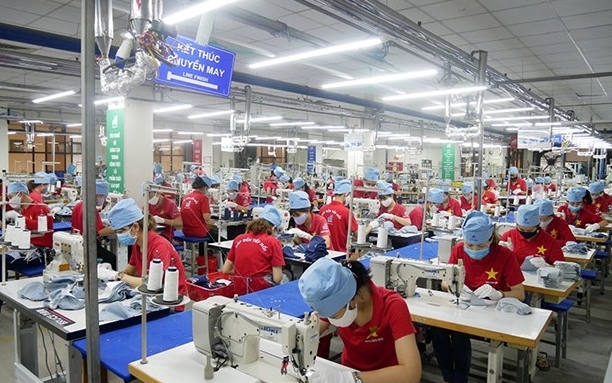
Garment & textile sector tries to keep growth momentum
14:16 | 16/04/2024 Import-Export

Businesses capitalize on recovery momentum to explore market expansion
10:01 | 16/04/2024 Import-Export
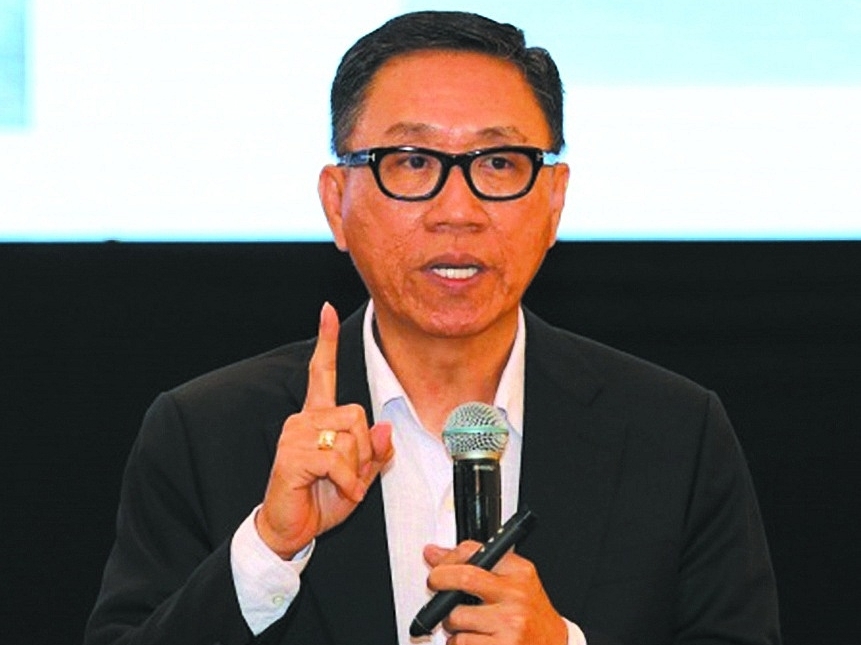
Access to the Chinese market is increasingly convenient
15:12 | 15/04/2024 Import-Export
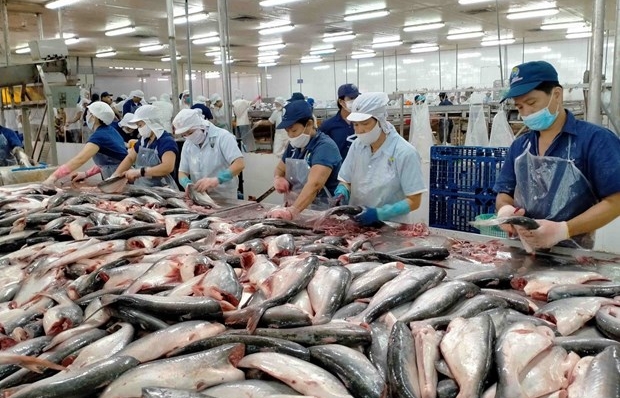
China, US, Japan – largest importers of Vietnam’s fishery products in Q1
15:04 | 15/04/2024 Import-Export
Your care

Vietnam earns 1.43 billion USD from rice exports in Q1
15:50 | 19/04/2024 Import-Export
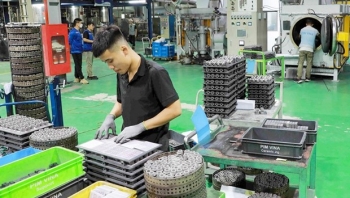
Localities get ready for fourth FDI boom
15:35 | 19/04/2024 Import-Export

Opportunities to develop a smart and sustainable packaging industry
14:14 | 19/04/2024 Import-Export
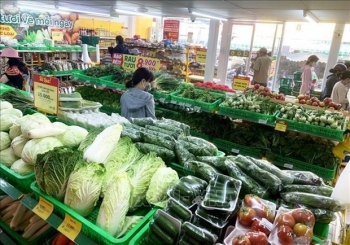
Domestic retailers eye export-quality products
17:37 | 18/04/2024 Import-Export

Textile and garment exports recovered positively
10:26 | 18/04/2024 Import-Export

